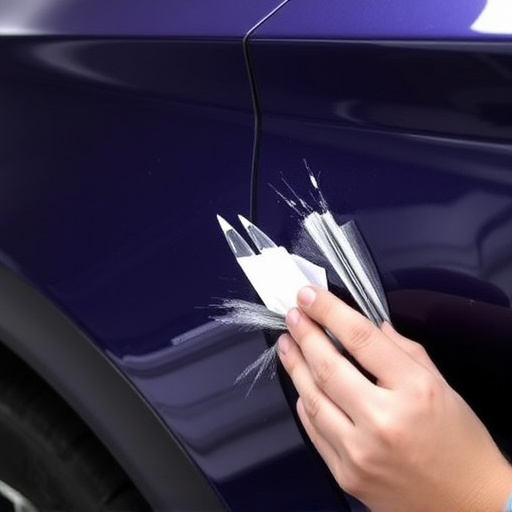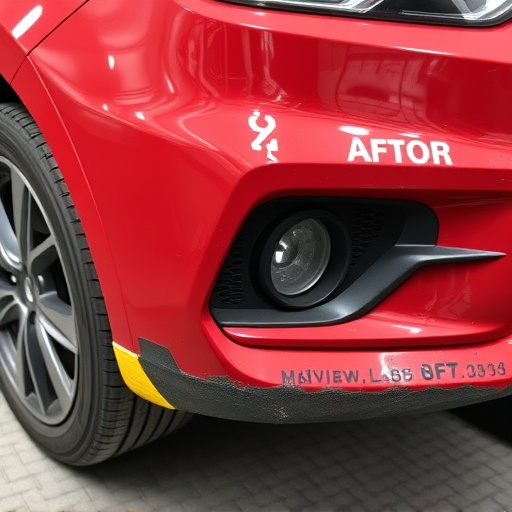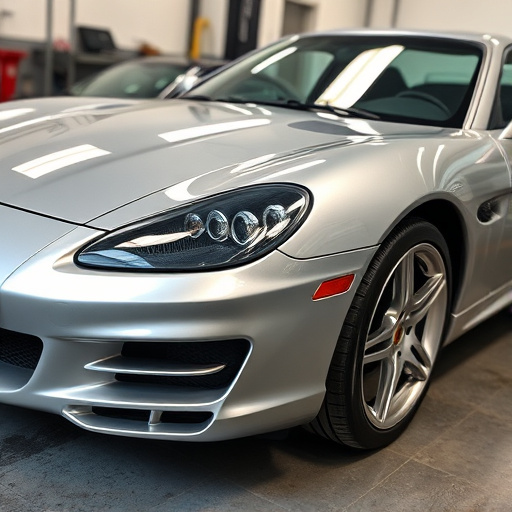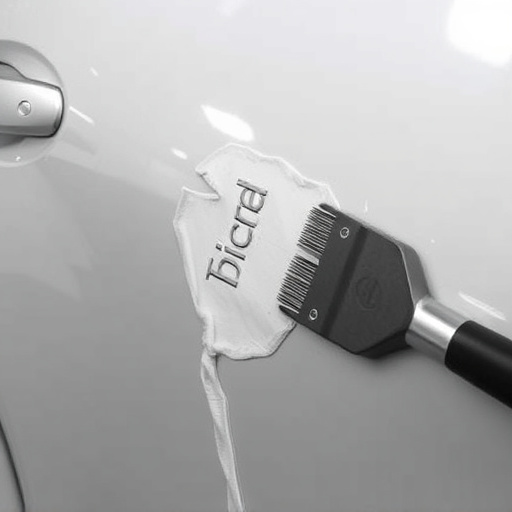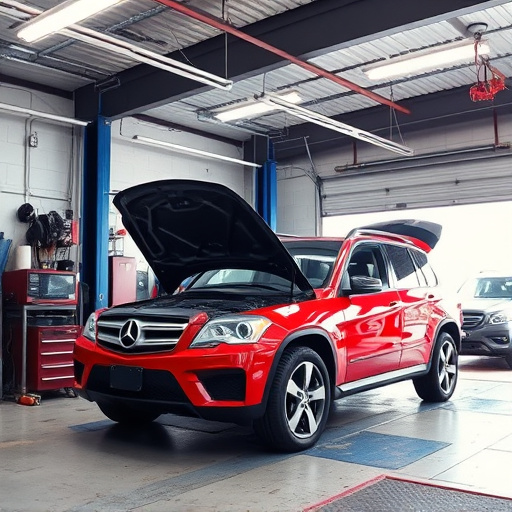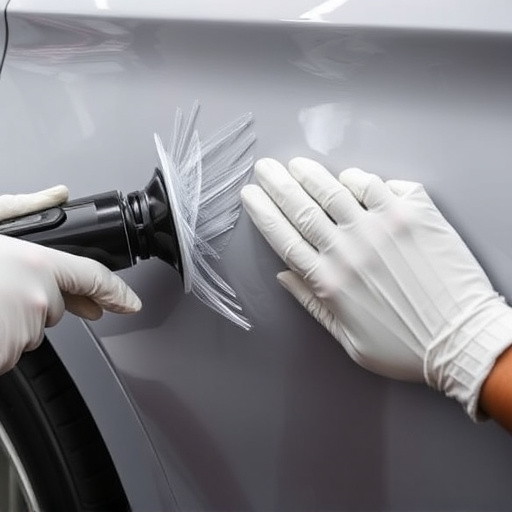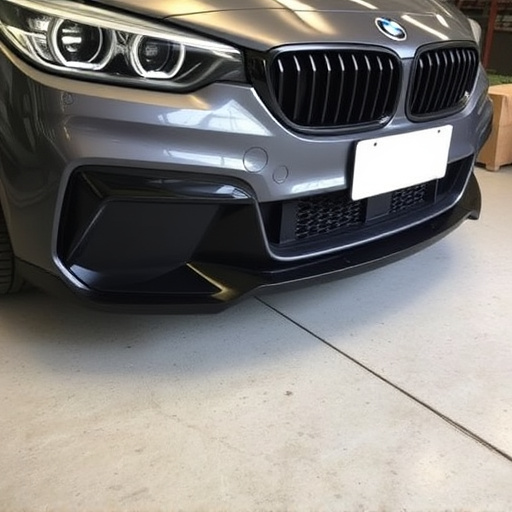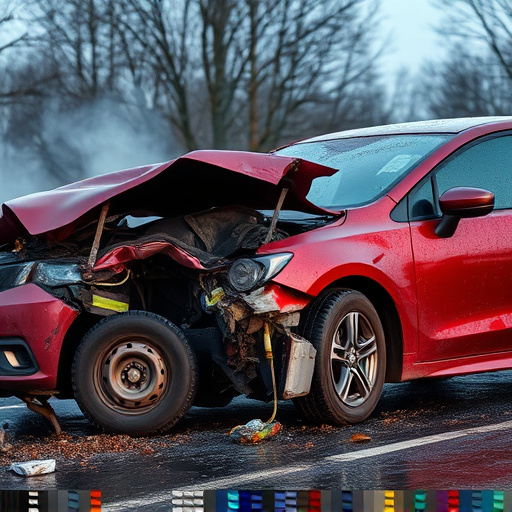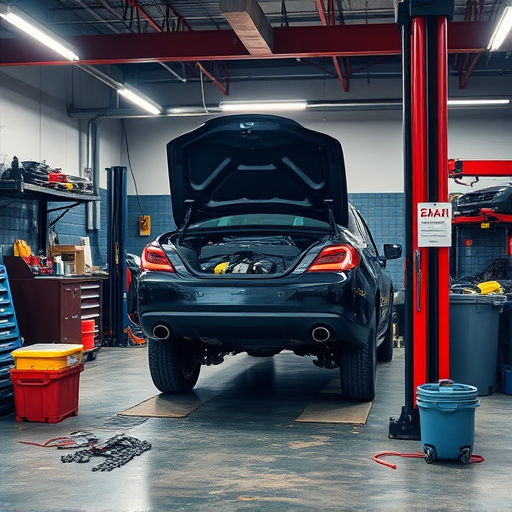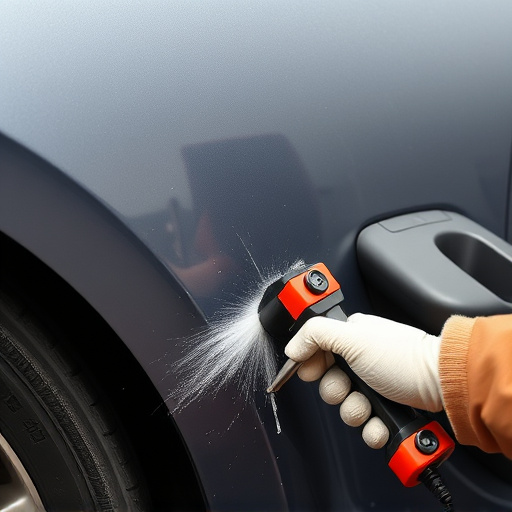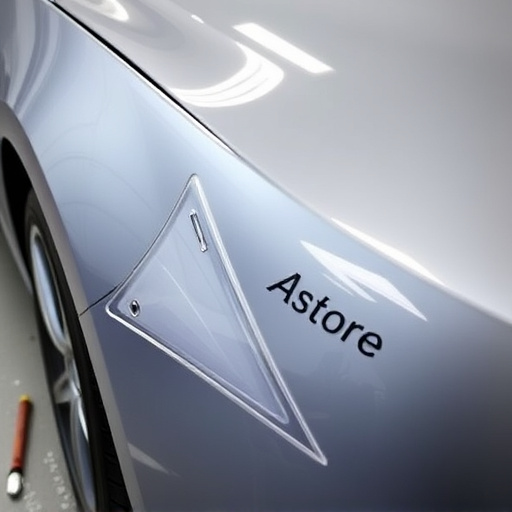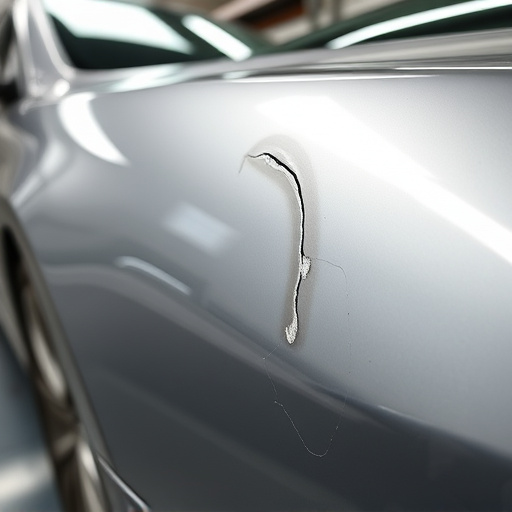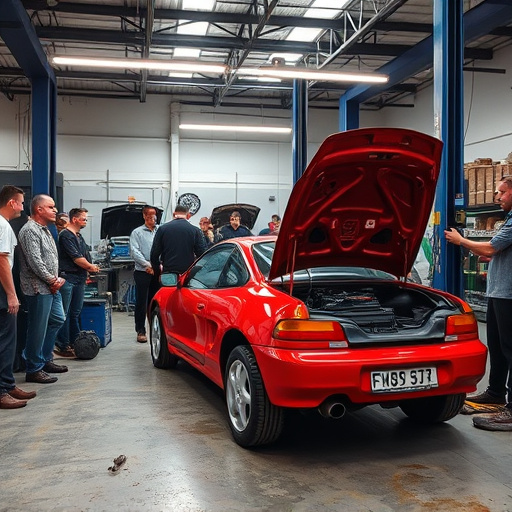After a winter accident, thoroughly inspect your vehicle for existing damage, focusing on rust from de-icing chemicals. Prioritize repairs and maintenance, including dent repair, structural integrity checks, protective measures like washing/waxing, tire pressure checks, and professional body work from reputable shops. Adopt defensive driving techniques, maintain safer speeds, increase following distances, and ensure optimal tire condition and lighting for challenging post-winter roads to prevent repeat accidents and damage.
After a winter accident, proper prevention strategies are crucial to avoid repeat damage. This guide provides essential steps to ensure your vehicle’s longevity post-repair. First, assess and prepare your car before re-entering it. Regular maintenance, including regular checks of fluids, tires, and battery, offers long-lasting protection. When driving in post-winter conditions, exercise caution and adapt your techniques to avoid accidents. By following these tips, you can minimize the risk of future damage from winter accident repairs.
- Assess and Prepare Your Vehicle Before Re-entry
- Regular Maintenance for Long-Lasting Protection
- Drive Safely During Post-Winter Conditions
Assess and Prepare Your Vehicle Before Re-entry
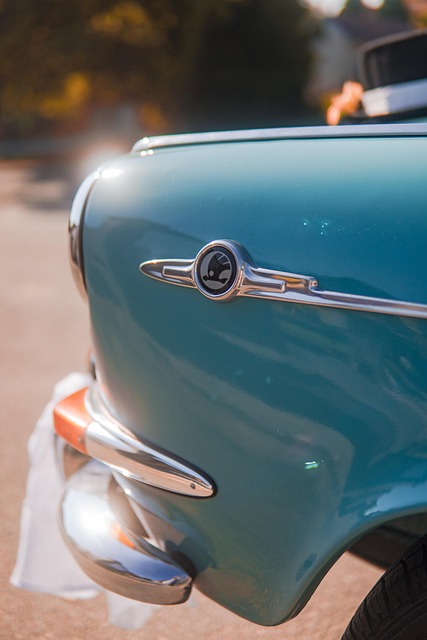
Before re-entering the roads after a winter accident, it’s crucial to assess and prepare your vehicle properly. Start by conducting a thorough inspection to identify any existing damage from the incident, especially if your car has been stored outdoors during the cold season. Look for signs of rust, particularly in areas where salt or other de-icing chemicals may have come into contact with metal components. These can be indicators of potential weaknesses that might give way under stress.
Ensure all repairs from the winter accident repair are fully healed and secure. This includes fixing any vehicle dent repair work and ensuring the structural integrity of your car damage repair is intact. Visit a reputable vehicle body shop if necessary to get professional assessments and repairs done. With these measures in place, you’ll be better prepared to navigate the roads safely and avoid repeat damage as spring sets in.
Regular Maintenance for Long-Lasting Protection
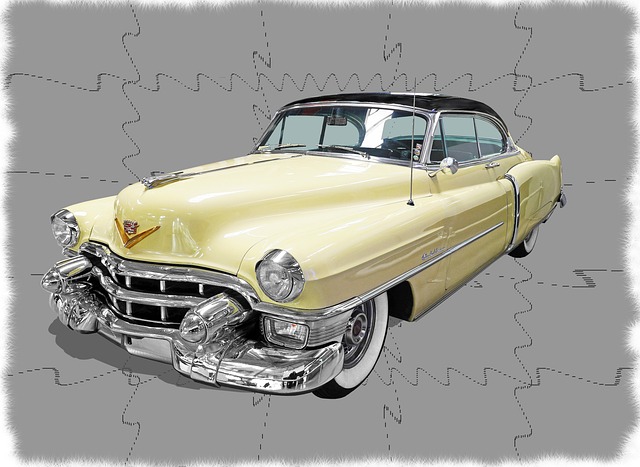
Regular maintenance is key to safeguarding your vehicle against future damage, especially after a winter accident. It’s important to treat your car with care and dedication throughout the year, but this becomes even more critical following an incident that has already caused repairs. A consistent maintenance routine will ensure that any weak points or areas of vulnerability identified during the repair process are addressed proactively. This can include regular washing and waxing to protect the vehicle paint repair from environmental elements, as well as checks for tire pressure and tread depth to maintain optimal safety.
By incorporating body shop services such as auto body painting and surface treatments into your annual maintenance plan, you’ll extend the lifespan of your winter accident repairs. These professional services not only restore the aesthetic appeal of your vehicle but also reinforce structural integrity, making it better equipped to withstand future accidents or harsh weather conditions. Remember, preventive care is always more effective—and less costly—than reactive repairs.
Drive Safely During Post-Winter Conditions
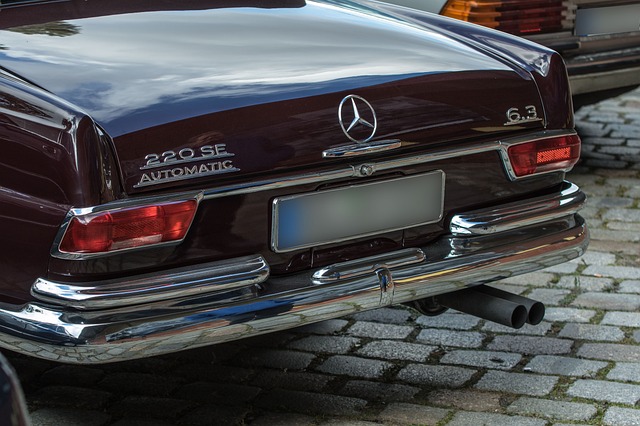
After addressing winter accident repairs, navigating post-winter driving conditions is paramount to prevent repeat damage. As roads become slick with melting snow and ice, drivers must exercise extra caution. Adjusting your driving style to accommodate these changes can significantly reduce the risk of accidents. Remember that reduced traction means longer braking distances and less control over your vehicle, so maintain a safe speed, increase following distance, and be prepared for sudden stops or skids.
Regularly inspect your tires for proper tread depth and consider switching to winter tires for enhanced grip in challenging conditions. Moreover, ensuring your lights are functioning optimally improves visibility, making it easier for other drivers to see you. Prioritizing defensive driving techniques during this period will not only safeguard against car damage repair but also foster a safer overall driving experience.
After diligently addressing winter accident repairs, proactive measures are essential to prevent repeat damage. Regular vehicle maintenance, including thorough inspections and timely service, is key to ensuring longevity. Adjusting driving habits in post-winter conditions, such as reduced speed and increased caution, will also contribute to a safer experience. By combining these strategies, you can maximize protection for your vehicle and minimize the risk of future accidents, providing peace of mind on the road ahead.
